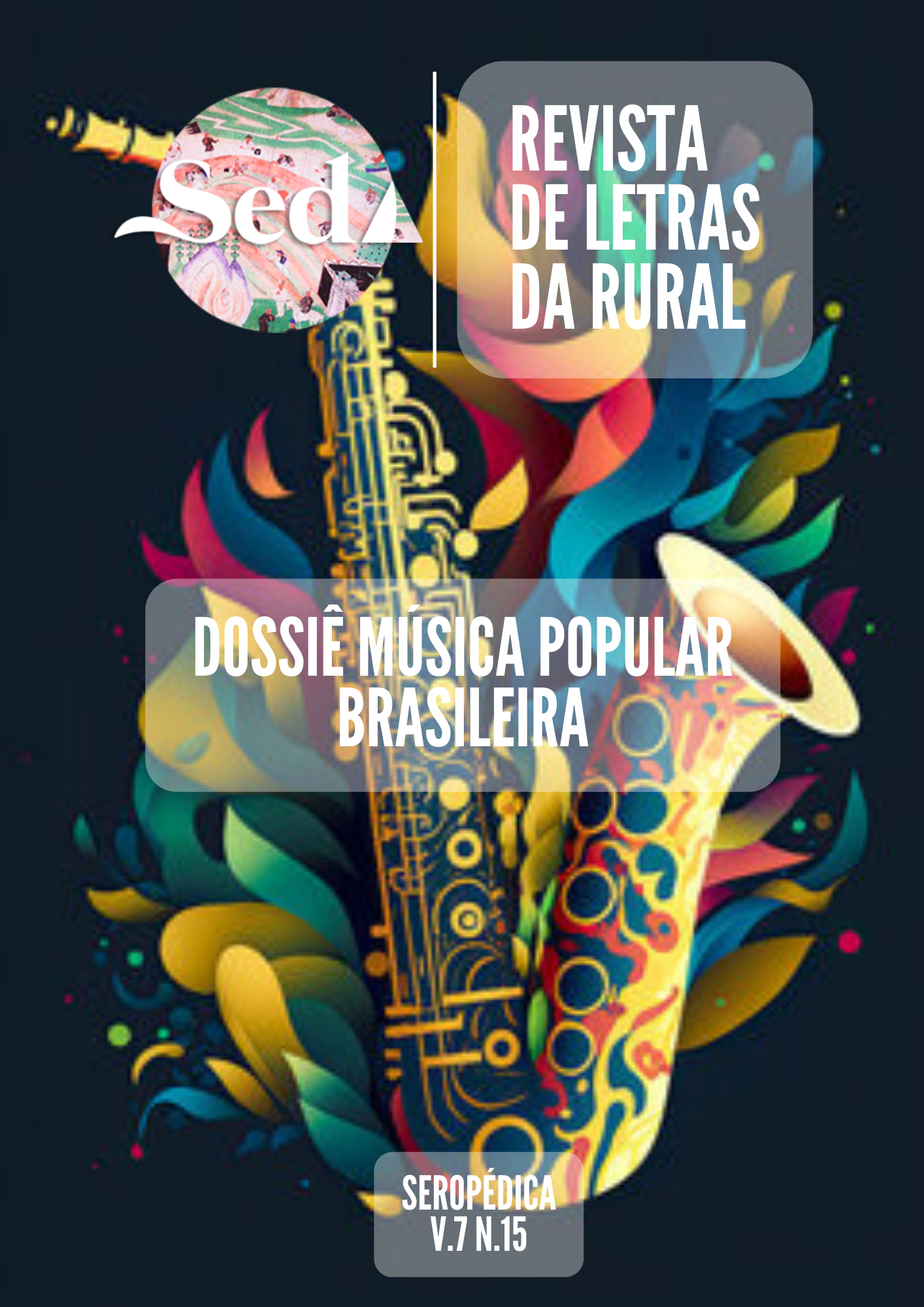O Samba Esquema Novo in the Interlude Between Bossa Nova and MPB
Abstract
The aim of this paper is to identify the social conditions that enable the success of the album Samba Esquema Novo, by Jorge Ben, whose aesthetic traits are based on the racial performance and his position as a “black album”, in a musical market organized by the system of purity called bossa nova which proposed that some of the elements used by that artist – such as the dance and the rhythmic-percussive aspects exemplified by the beat of his “atabaque acoustic guitar” – were repressed aiming to achieve the alleged modernization of the national music. Responding to this concern, we uncover the possible narrow path to an artist like Jorge Ben at the aesthetic-temporal threshold in which bossa nova, although still prestigious as an emblem of modernity, was losing market momentum in favor of new recreational-political-musical projects that met new social and aesthetic demands that, in sequence, would become the acronym MMPB (“moderna música popular brasileira” or, translating to English, modern Brazilian popular music).


